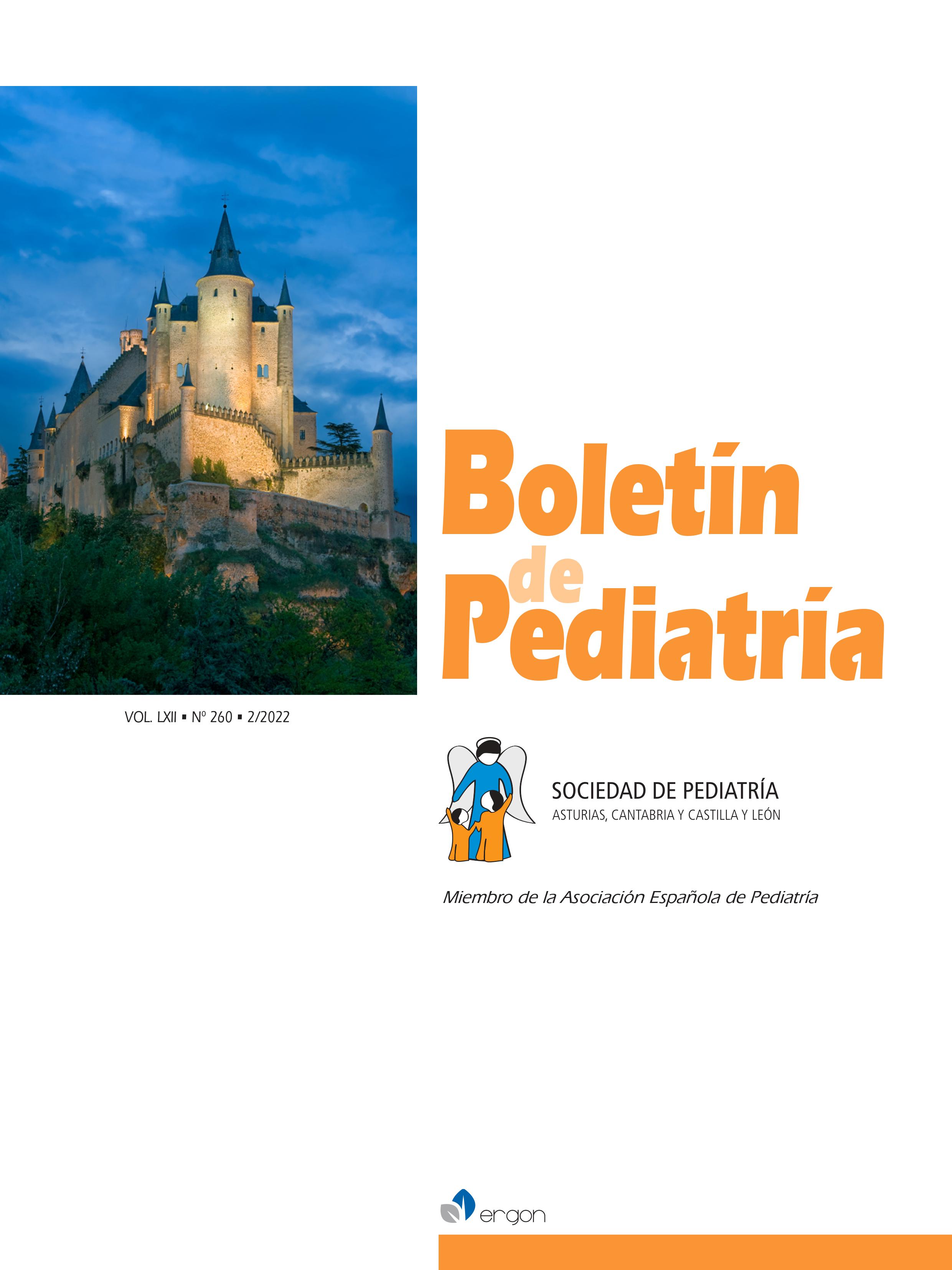Abstract
Introduction. The numbers of overweight and obesity during childhood and adolescence are growing at an alarming rate. In addition, differences in the lifestyles between boys and girls have been described. Detecting individuals at risk of developing excess weight is essential to carry out an early diagnosis and early intervention, and thus avoid the appearance of comorbidity. For this, it is vitally important to have quality screening instruments, duly analyzed.
Methods. We applied the Healthy Habits in Adolescents (ENHASA) questionnaire to a sample of students in the first year of secondary education in the Region of Murcia. Somatometry was also obtained and classified according to BMI. Confirmatory factor analysis (CFA) was performed according to gender to assess the psychometric properties of the survey.
Results. The final sample was 416 students, of which 40.6% were overweight or obesity; there being no differences between the sexes. 28.2% of the total reflected habits that could be improved; obtaining the worst scores in the dimensions of physical activity and use of new technologies. The KMO was 0.729 in boys and 0.725 in girls; and the total explained variance was 61.57% and 62.92% respectively. The CFA showed structural agreement with respect to the previous exploratory factor analysis in both sexes.
Conclusion. 2 out of 5 adolescents in the sample were excess of weight. ENHASA is confirmed to be a valid and reliable questionnaire that can be used as a screening method in clinical practice

This work is licensed under a Creative Commons Attribution-NonCommercial 4.0 International License.
Copyright (c) 2022 Boletín de Pediatría
